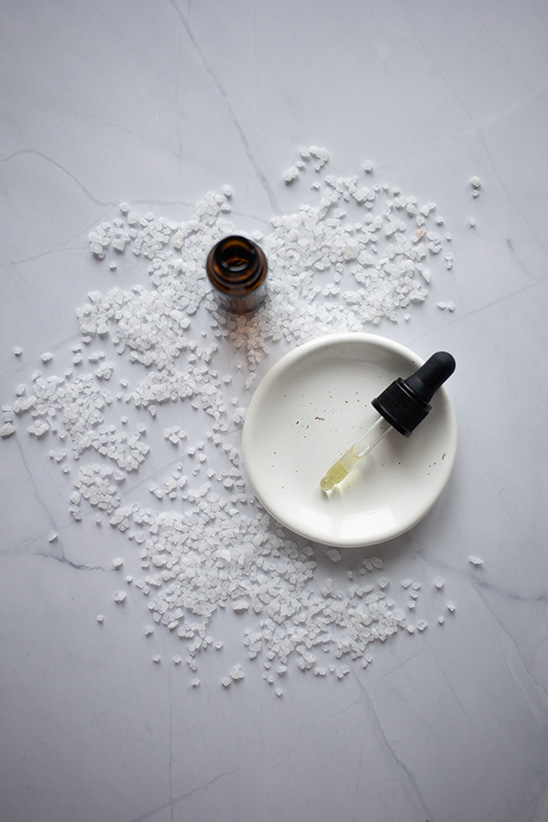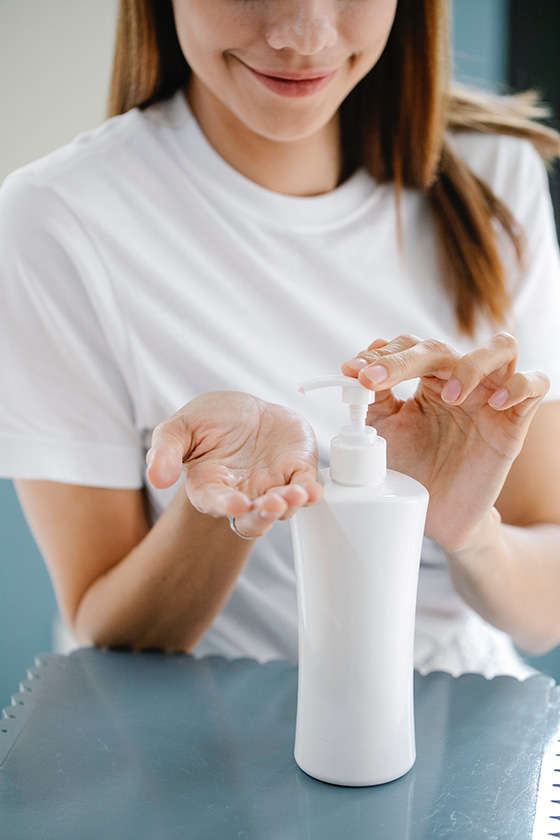Prachi Bhandari, co-founder of Aminu, explains to you the alternatives of Vitamin A you can look for in skincare products.

Bakuchiol – Bakuchiol isolated from the seeds of Psoralea corylifolia is a meroterpenee (a chemical compound having a partial terpenoid structure) in the class terpenophenol. Bakuchiol promotes collagen, triggers skin cell repair for a rejuvenated skin and a smoother, more even skin tone. Multiple comparative studies revealed bakuchiol had retinol-like functionality was further confirmed for type I, III and IV collagens and aquaporin 3 by ELISA and histochemistry.

Bidens Pilosa – A herbaceous plant, predominantly native to tropical areas of South America. It grows throughout Brazil, spreading widely through the Amazon rainforest, with the greatest concentration being in the South-Central agricultural region, where it is a flourishing species. It is traditionally used in folk medicine for its anti-inflammatory, diuretic, anti-rheumatics and anti-diabetics properties.
The phytochemical composition of Bidens pilosa is diversified, characterized primarily by the presence of flavonoids, terpenes, phenylpropanoids compounds, lipids and benzenoids. One of the main chemical constituents described to Bidens pilosa is phytol, a diterpern present as part of the chlorophyll pigment. Phytol stands out because some studies show that when metabolized, it is oxidized to phytanic acid (also present in Bidens pilosa) that is able to bind to RXR receptors, activating them as retinoids and their derivatives in very low concentrations. In addition, it also stimulates transcriptional activity of RAR, giving it “retinol- like” properties.
Rosehip Oil – It’s the seed oil, extracted from the hip of the vibrant flower, that’s abundant in essential fatty acids, vitamin E, vitamin C, B-carotene, and an excellent source of trans-retinoic acid, a natural form of vitamin A. The unique healing properties of this oil were first discovered in 1983 by the Faculty of Chemistry and Pharmacology at the University of Concepcion in Chile. Rosehip seed oil is packed full of essential fatty acids (EFAs) that our skin needs to stay healthy and strong. As our bodies don’t produce EFAs naturally, it’s important that we either consume a diet rich in healthy fats, and apply them topically and absorb them through our skin.

Aphanizomenon flos-aquae var.flos aquae (Blue Green Algae) – A unique micro-algae extract, from Cyanophyta class. This bacterium fixes the atmospheric nitrogen and helps maintain the unique protected eco-system of Klamath Lake. The role of this blue-green alga has been vital in the evolution of species. This alga appeared around 3.5 billion years ago and is the first photosynthetic oxygen-producing organism. It is a creator of atmospheric oxygen, which is essential for all species. It is rich in Lipids (3 to 5% among which 1.4% linolenic acid and 0.4% linoleic acid), Proteins (60%, amino acids in a free form among which Threonine, Valine, Methionine & Cystein, Isoleucine, Leucine, phenylalanine & Tyrosine, Lysine), Glucides (20 à 30%, heterosides complex and lipopolysaccharides), Pigments (phycocyanine, phycobilin, phycobiliproteins, chlorophyll a, xanthophyll, beta-carotene). Because of its composition, it makes it a natural retinoid alternative without the unwanted side effects. It acts on keratinocyte differentiation, providing a smoothing effect, an epidermis densification and skin regeneration. Clinically proven for powerful wrinkle reduction after only 21 days.






